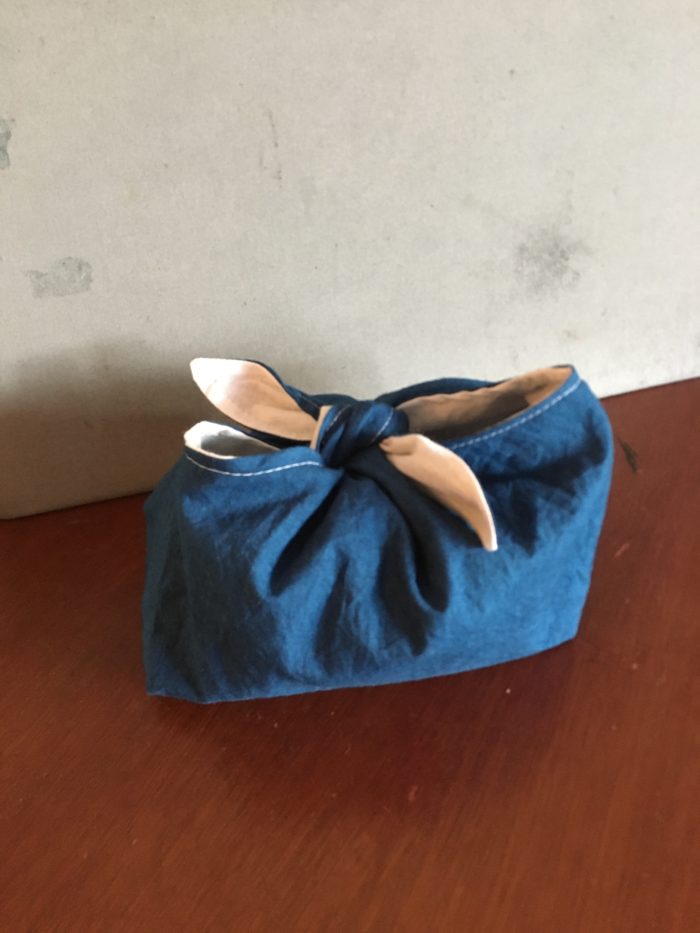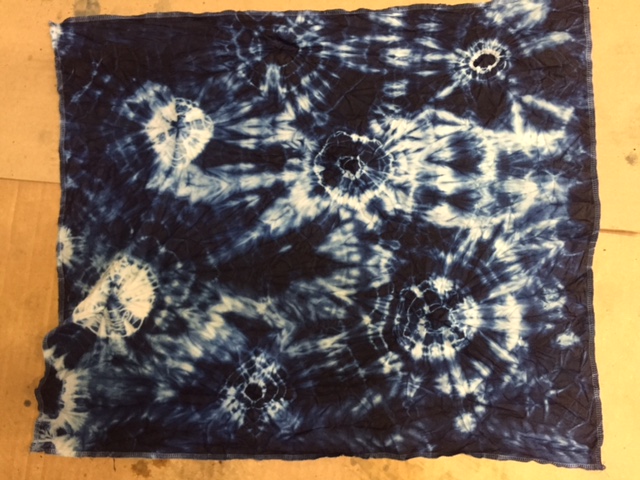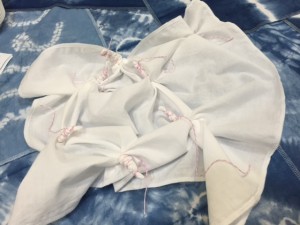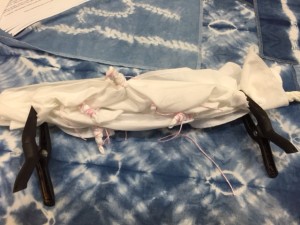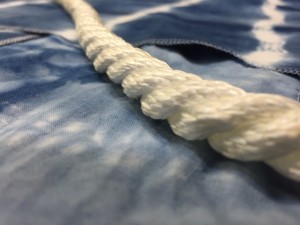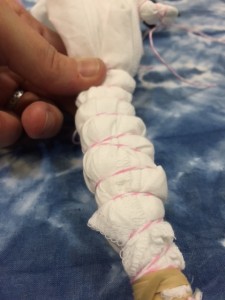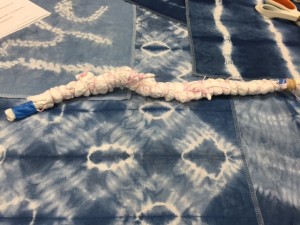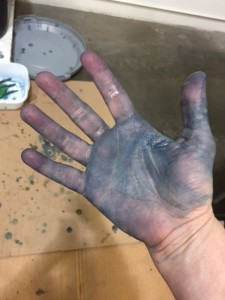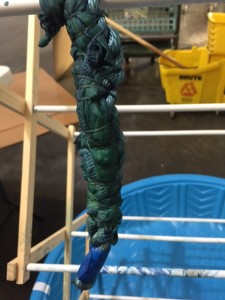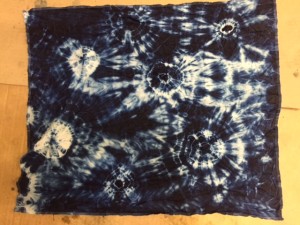

These are my three most favorite Shibori books. I have many more, but these three, by far, have the most knowledge, most clearly shared, of them all.
The top book is kind of hard to find and I really lucked out to buy it for only $80. It’s on Amazon right now for about $120. It’s in Japanese – which I don’t read – but the pictures are so clear, it’s easy for me to follow. The translation I found said that it’s titled Technique of Traditional Japanese Iris but didn’t translate the author’s name. I don’t feel so sure about the Iris but, whatever. This book rocks!
The second book is Stitched Shibori by Jane Callender. It’s clear and very detailed.
The bottom book is the classic Shibori by Yoshiko Wada. It’s the first Shibori book that I found – lucky me again. At first I found it a little short on instruction. After getting more familiar with Shibori concepts, though, I feel now like it’s chock full of them. I just needed to catch up to them.
What are your favorite Shibori books? I’m always on the hunt to learn more. Also, please correct me on the title and author name of the first book and I’ll update this post. Thanks!
 I made a little sandwich bag and then, by mistake, I made three more. It’s just such a sweet and simple pattern and the bag is so gorgeous in indigo. I played a little with the sizes and shapes.
I made a little sandwich bag and then, by mistake, I made three more. It’s just such a sweet and simple pattern and the bag is so gorgeous in indigo. I played a little with the sizes and shapes. 